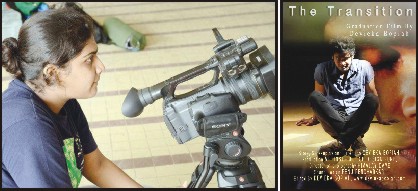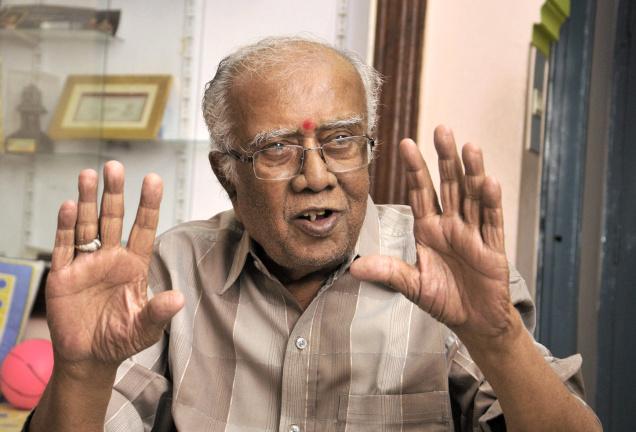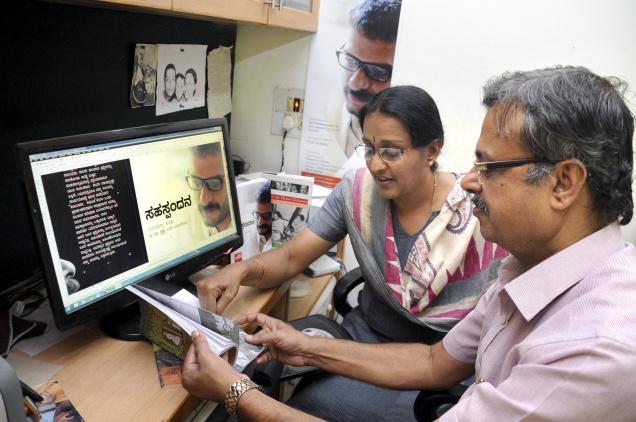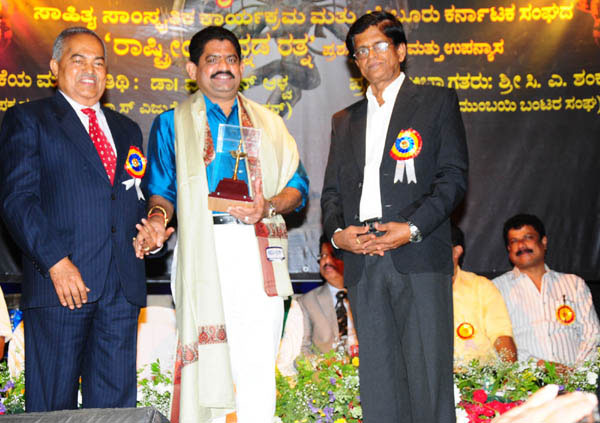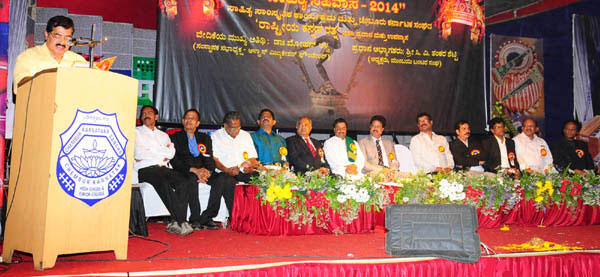Diverse fauna B V Prakash finds a sizeable population of blackbucks in the plains of blackbucks roaming freelyin the wild together witha variety of birds, foxes, porcupines and hares.
The northern part of the state is generally considered to be a dry belt, devoid of water bodies, vegetation and wildlife. But the surroundings of Bidar, the northern most district, seems to be an exception.
For not only a few large reservoirs like the Karanja are around, but pockets of sparsely wooded forests are found fairly well in these parts.The vast grasslands and the wooded country are home to blackbucks and a plethora of bird species.
After Ranebennur Blackbuck Sanctuary in Haveri district and Jayamangali Blackbuck Conservation Reserve in Tumkur district, a sizeable population of blackbucks is found in the plains of Bidar as I learnt during a recent visit here.
Apart from sighting free roaming blackbucks in the wild, one can also spot a good variety of birds, some rare species at that.Some smaller animals like the fox, porcupine, black-naped hare and wild boars add to the diverse fauna.
The weather was fair and the sky, a clear blue as I arrived after an exhaustive train journey of 18 hours.
As the drive to the grasslands to sight the blackbucks was slated for the afternoon, lunch and rest was the only immediate occupation.
However, I utilised the time to take a walk around and familiarise with the place.
Abundant greenery
Situated near a small village called Khanapur at about 16 km west of Bidar, the location itself is in a scenic surrounding with a gently forested hill to the east gradually sloping towards west to the brink of a beautiful blue lake.
Called Vilaspur tank after the village nearby, it is an expansive reservoir built for the purpose of drinking and irrigation.
With a chain of not so tall hillocks on the other side, the lake is almost hidden.
The afternoon safari took off in right earnest with Nipun, the enthusiastic manager joining me for the drive.
It was not just a driver but a well-informed naturalist as I learnt during the safari. Passing through the town, we drove southward to a vast field of grassy meadows.
The terrain with undulating ups and downs, abundant grass and bushes and a small tank is quite ideal for the blackbucks.
The far side of the plains is walled off by the air force station which being out of bounds for visitors, has become a boon for the these animals to roam around freely.
As we drove into the fields, we could see groups of blackbucks like tiny specks from the distance.
But the first denizen that we bumped into was the Indian fox, which is a rare sighting here.
When the fox felt our presence was not too comfortable, it galloped away into the bushes.
Driving further we were more closer to the blackbucks.
They usually wander in groups of 10 to 30 or even more with one or two males in charge of the herd.
The males have a pair of antlers and are dark brownish and black.
The females are light fawn coloured and smaller in size.
It was a surprise for me to know that the blackbucks are native only to the Indian subcontinent.
The blackbucks once roamed freely all over the plains of India but their numbers reduced drastically with excessive hunting and encroachment of their habitat for agriculture and industry.
However, categorising blackbucks as ‘near threatened species’ by International Union of Conservation of Nature (IUCN) in 2003, has come as a blessing and their population seems to have stabilised to some extent.
We drove along several herds of them, grazing, strolling or sparring before spotting a rare bird, the Indian Courser.The following morning we went out for a nature walk amidst the nature.The bird-life here is pretty good with scores of green bee eaters, robins, sunbirds and red vented bulbuls.
But the best sighting was that of the white-browed bulbul.
The evening was spent on a coracle ride spotting more birds.
As ducks, cormorants and kingfishers passed by, a panoramic sunset marked the end of the day.
source: http://www.deccanherald.com / Deccan Herald / Home> Supplements> Spectrum / by B V Prakas / DHNS / April 08th, 2014
